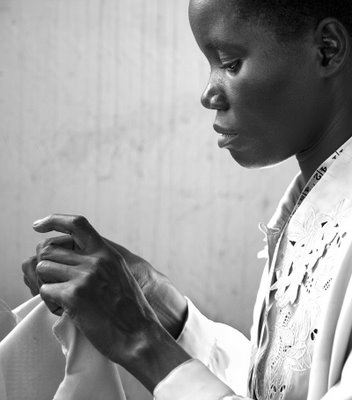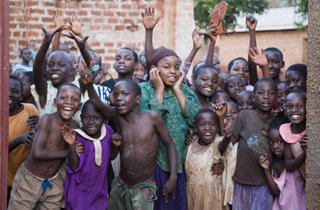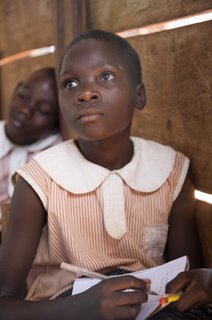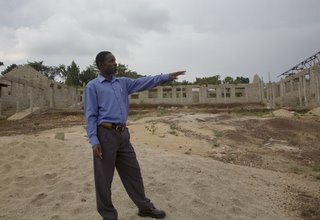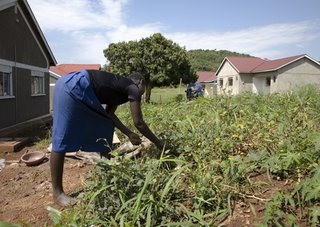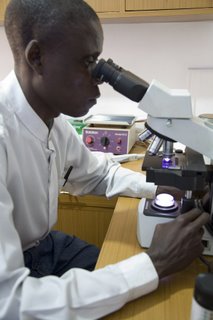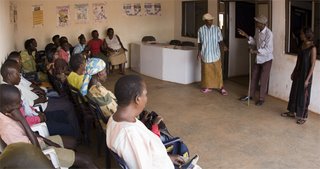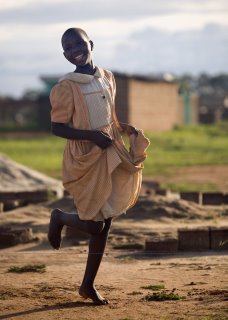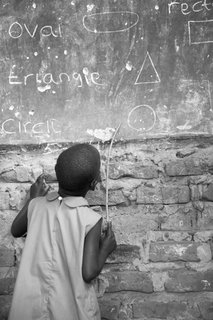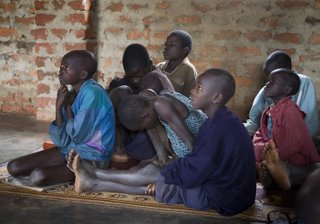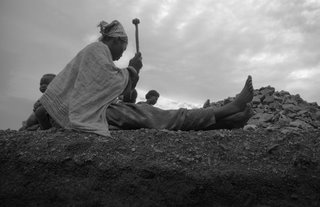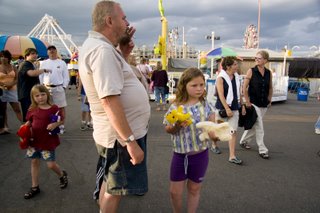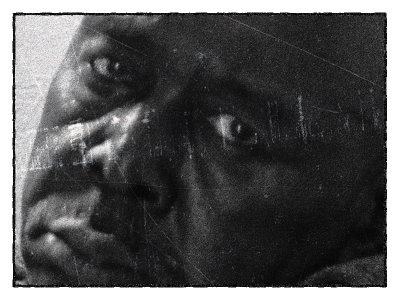
photo: Rest Home, Virginia, 1983
The human story has been filled with many recurring themes; civilization, war, life, death, cruelty and compassion. Yet one of the most constant themes in this story is the persistance of human suffering. In this far from perfect world, what are we to do about those less fortunate than ourselves?
In Matthew 25, Jesus Christ was asked about the end of time:
34"Then the King will say to those on his right, 'Come, you who are blessed by my Father; take your inheritance, the kingdom prepared for you since the creation of the world. 35For I was hungry and you gave me something to eat, I was thirsty and you gave me something to drink, I was a stranger and you invited me in, 36I needed clothes and you clothed me, I was sick and you looked after me, I was in prison and you came to visit me.'
37"Then the righteous will answer him, 'Lord, when did we see you hungry and feed you, or thirsty and give you something to drink? 38When did we see you a stranger and invite you in, or needing clothes and clothe you? 39When did we see you sick or in prison and go to visit you?'
40"The King will reply, 'I tell you the truth, whatever you did for one of the least of these brothers of mine, you did for me.'
Yet in Mark 14, he also states:
7The poor you will always have with you, and you can help them any time you want.
From this I understand that Christ teaches that the poor, and with them suffering of mankind, will never be completely eradicated, as long as we are on this earth. Yet, it is incumbent on us to do what we can to assist those less fortunate and in need. As we do, we acknowledge that we are all in the same family of man, and it is a recognition that the material blessings we have are not all that they seem to be. Rather, it is our relationships to each other that are the real blessings.
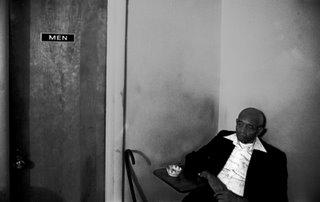 Man,Men Virginia 1983
Man,Men Virginia 1983So how can mere photos address the needs of the poor, and help to ease such suffering?
If you wish to see, one only need to look at the images of
Eugene Smith in Minamata,
Louis Hine in Breaker Boys, or
Sebastiao Salgado in his Serra Paleda mine images. Here you will see images full of compassion, and images that have moved the world to correct wrongs to groups of peoples. Humans are a visual being, and we respond strongly to imagery. For better or for worse. Just ask anyone involved in campaign advertising.
At this point, I will abandon my intention to only show my own images on this page to include one photo.

By Stuart Franklin of Magnum Photo, this one image gave hope to millions of Chinese that change was possible in the face of overwhelming odds.
If you wish to see more, an excellent book and web site is
"100 photographs that have changed the world."



